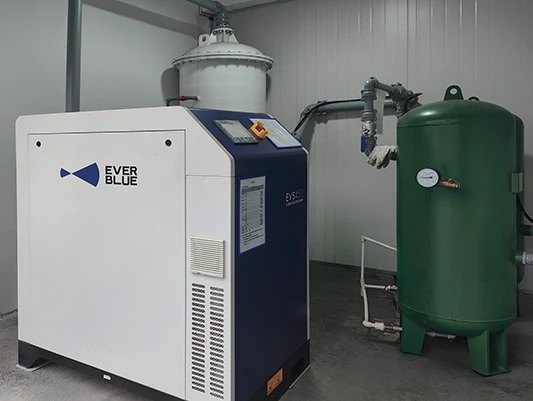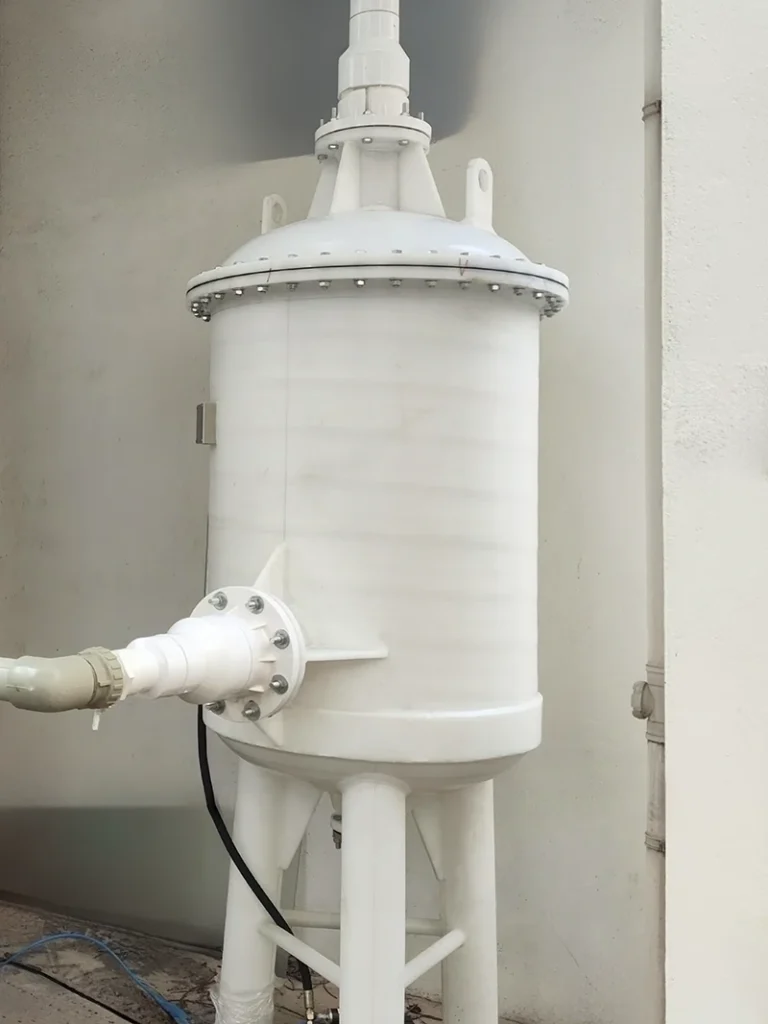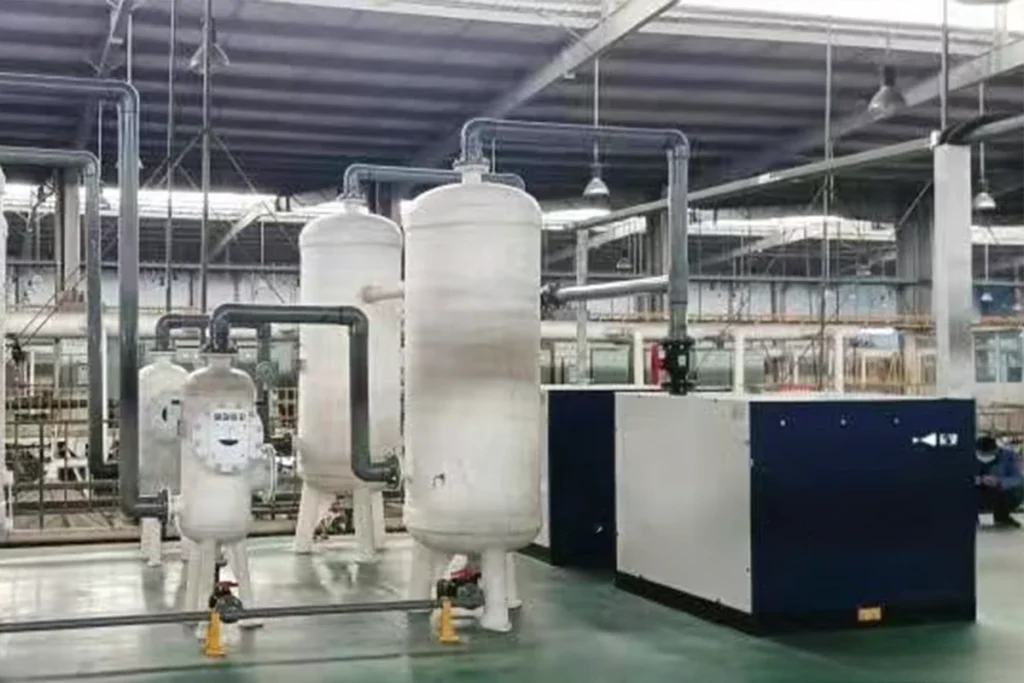Industrial vacuum systems are the backbone of operations in sectors like food processing, glass manufacturing, and brick production. Yet, even minor design flaws – poor heat management, inadequate filtration, or inefficient layouts – can lead to costly downtime, energy waste, and premature equipment failure.
Drawing on proven strategies from Everblue and expert vacuum engineers, this guide outlines the key components of a reliable system. Discover how to tackle heat, contamination, and design flaws effectively, supported by data and industry-tested solutions.
Why Filters Are the First Line of Defense for Your Vacuum System
Filters aren’t just accessories. They’re your first defense against costly breakdowns. By trapping dust, particulates, and liquids, they protect downstream components like pumps and separators from premature wear.
Applications & Limitations:
Solberg-style filters excel in liquid separation (e.g., capturing 99% of oils in food processing) but falter in high-dust environments like brick kilns, where frequent clogs can halt production.
Everblue’s Fix: Integrate a 1- or 5-micron pre-filter at the pipeline inlet. This reduces particulate loads by up to 80%, extending pump lifespan and cutting maintenance intervals by 30–50%.
Heat Management: The Silent Efficiency Killer
In industries like glass manufacturing (where temperatures exceed 600°C), unmanaged heat warps components, triggers condensation, and slashes efficiency by 20–40%.
Critical Challenges:
Material Stress: Polypropylene separators degrade at 100°C; switch to stainless steel or ceramic-coated alternatives for high-heat zones.
Condensation Risks: Elevated vapor pressure can flood pumps. Solution? Pre-cool gases to below 50°C before they reach sensitive parts.
Energy Waste: Every 10°C temperature rise hikes energy consumption by 5%.
Everblue’s Cooling Strategy:
Long-Distance Metal Pipelines: Carbon steel ducts act as natural radiators, dissipating 15–20% of heat before gases reach the pump.
Vacuum Tanks: Opt for stainless steel tanks with “low-in, high-out” designs. These separate 90% of liquids via gravity while cooling gases by 30–40°C.
The 5-Step Blueprint for a Bulletproof Vacuum System
1. Start with Precision Filtration
Install a 1-micron pre-filter for fine particulates (ideal for pharmaceuticals) or a 5-micron variant for heavy industries like cement.

2. Harness metal Pipelines for Cooling
Replace PVC with carbon steel ducts in high-heat areas – they’re 3x more efficient at heat dissipation.
3. Optimize Liquid Separation
Use a 5000L vacuum tank with a conical bottom. This design separates 95% of liquids, reducing separator workload by 70%.

4. Deploy Advanced Demisting

Everblue’s 5000 m³/h demister separator pairs centrifugal force with coalescing filters, removing 99.9% of residual moisture. Add IoT-enabled drain valves for hands-free maintenance.
5. Fine-Tune Pump Performance
For wet processes (e.g., paper mills), use liquid ring pumps with adjustable gas ballast valves to prevent condensation.
In dry environments (e.g., electronics manufacturing), opt for rotary vane pumps and set operating temps to 60–80°C for peak efficiency.
Why Expertise Matters: The Everblue Advantage
A well-designed vacuum system isn’t just parts. It’s a synergy of physics, engineering, and industry-specific know-how. Everblue’s systems have powered 1,000+ installations globally, delivering:
30% lower energy costs via optimized heat management.
50% fewer downtime hours with smart filtration layouts.
ROI in <18 months through tailored designs.
If overheating, clogs, or inefficiency plague your operations, rethink your vacuum setup. Contact Us today for a consultation – because peak efficiency shouldn’t be a vacuum in your budget.
Elitevak | Premier Industrial Vacuum Solutions
Elevate Your Engineering and Manufacturing Excellence

